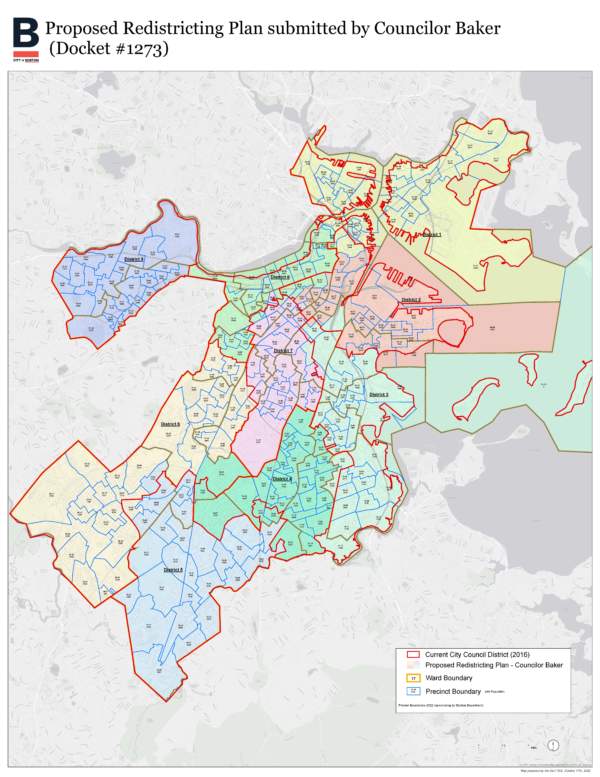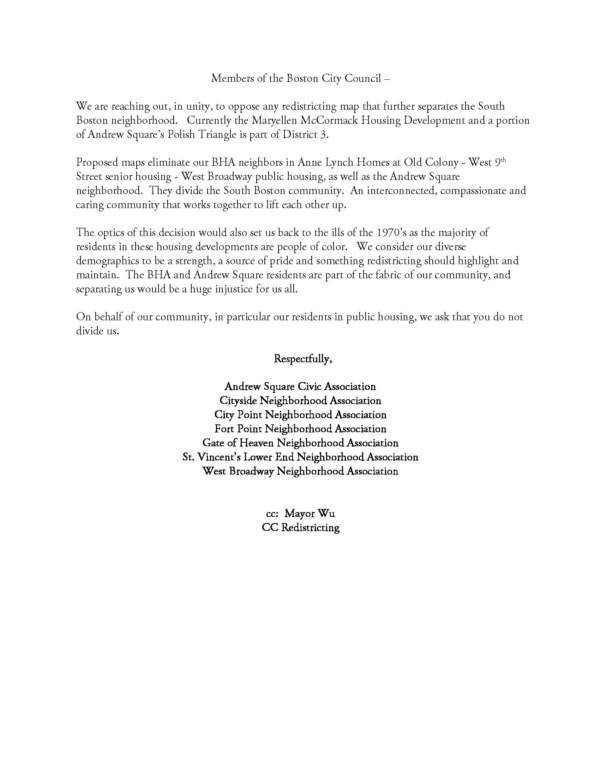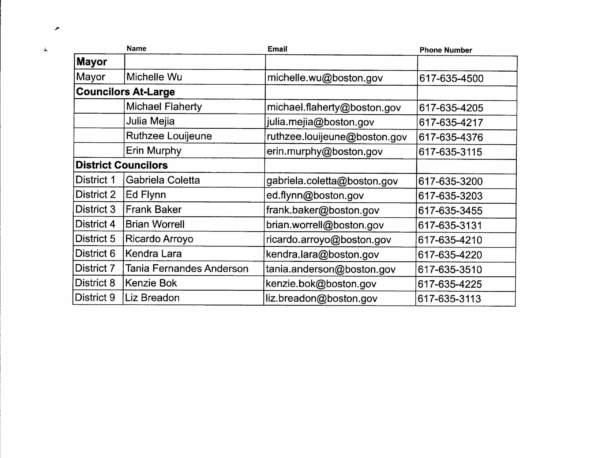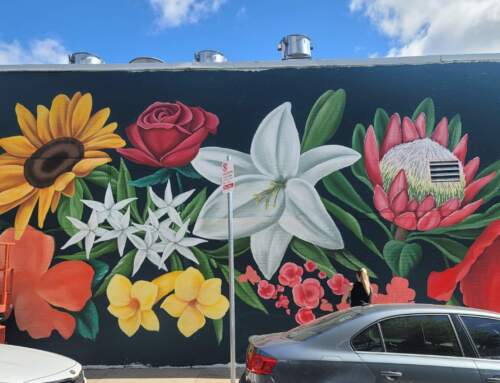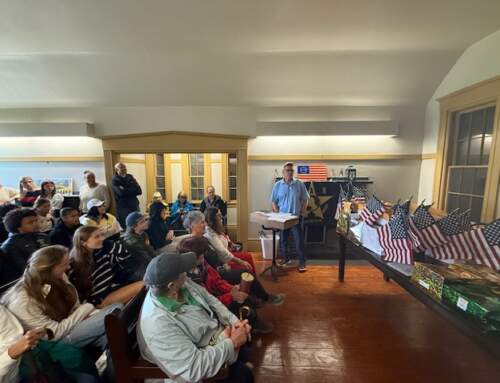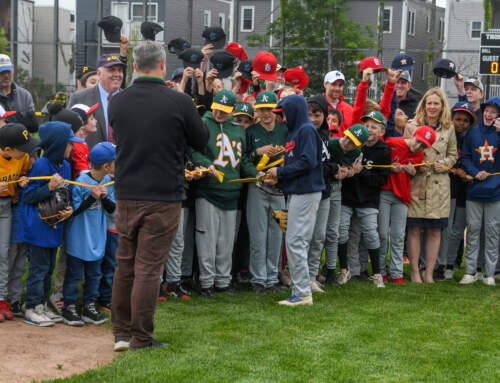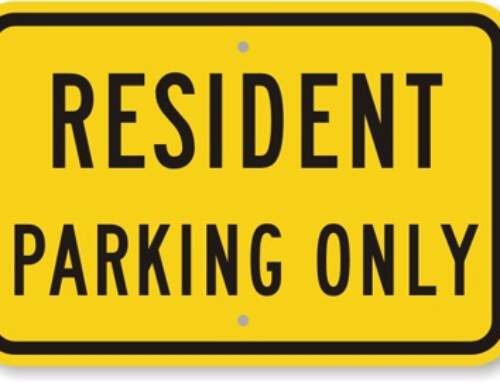City Councilor Liz Breadon (the Redistricting Chair) put off a vote on the final City Council District “Map” until next Wednesday
Recently, South Boston Online published an article that reported on redistricting the City of Boston, as required by law every ten years.
Basically, a controversy has arisen about the proposed new District “Maps”. There presently are five of these “Maps”. Two of those “Maps” best reflect the controversy that has arisen in 2022 redistricting – a “Unity Map” by Councilors Arroyo and Breadon (the Redistricting Chair) that changes district borders very sharply, and a more balanced “Coalition Map” put together by District 3 City Councilor Frank Baker and his staff. The “Unity Map” features a much different east-west district border pattern; the “Coalition Map” is based on the existing north-south border orientation.
Locally, the so-called “Unity Map” slices South Boston into badly split neighborhoods. The Anne Lynch/Old Colony and the West Broadway/D Street housing developments are cut in half; the Ninth Street project is also fragmented. The north border on Dorchester’s District 3 is moved all the way to D Street inside South Boston’s current District 2 territory, and the southern end of District 3 – Cedar Grove/Neponset – is moved sharply to the west, enclosing it in District 4.
District 2 City Councilor (and City Council President) Ed Flynn called an Emergency Meeting last week to discuss the effect of redistricting on South Boston. One resolution was that local residents contact all the City Council members with your own redistricting opinions. And please get yourself a copy of the “Coalition Map” presented by District 3 City Councilor Frank Baker. Take a good, long look at it. Simply stated, Baker’s “Map” works! It mostly preserves both South Boston and Dorchester neighborhoods, while neatly balancing their populations. District 2 will end up with a 78,017 population; District 3 will have 71,611. Both figures are acceptable population targets for redistricting
AN UPDATE:
We recognize that redistricting is important, because the South Boston Seaport has brought in thousands of new neighbors since the last redistricting in 2012-2013.
Redistricting, which involves moving entire precincts from one district to another, is primarily to keep the population in each district about the same.
In addition, there are two other key redistricting factors: balancing ethnic voter populations so there’s no “packing” or “cracking”, and preserving long-established neighborhoods. Federal consultants on the Voting Rights Act believe the currently existing Districts have acceptable population mixes, so that leaves neighborhood preservation as the remaining issue, once the population factors are ironed out.
South Boston neighborhoods (overall) are certainly worth preserving. In addition, cutting up housing developments where many people of color reside should not be allowed – this actually damages fair, balanced population mixes. A letter from seven of South Boston’s civic/neighborhood associations that have jointly sent a letter to the City Council asking that the “Unity Map” proposal not be permitted to happen.
NEXT:
We understand that on Tuesday, a group of five other South Boston associations filed a formal public meeting legal complaint against the Council. This is in regard to three recent meetings on redistricting, which includes the South Boston Emergency Meeting mentioned above – meetings where a City Council quorum (7 members) was present. This may not be legal.
Yesterday, City Councilor Liz Breadon (the Redistricting Chair) put off a vote on the final City Council District “Map” until next Wednesday during the Council’s noontime meeting. she said the unexpected legal complaint was the reason for the rather suddenly called delay. Specifically, Breadon said, “It would be best for the Council to prepare a response to the complaint prior to voting on this matter.”
However, we have not seen this final “Map” yet, so we cannot determine whether it violates South Boston borders and neighborhoods, as did the City Council’s original “Unity Map”. Stay tuned!
